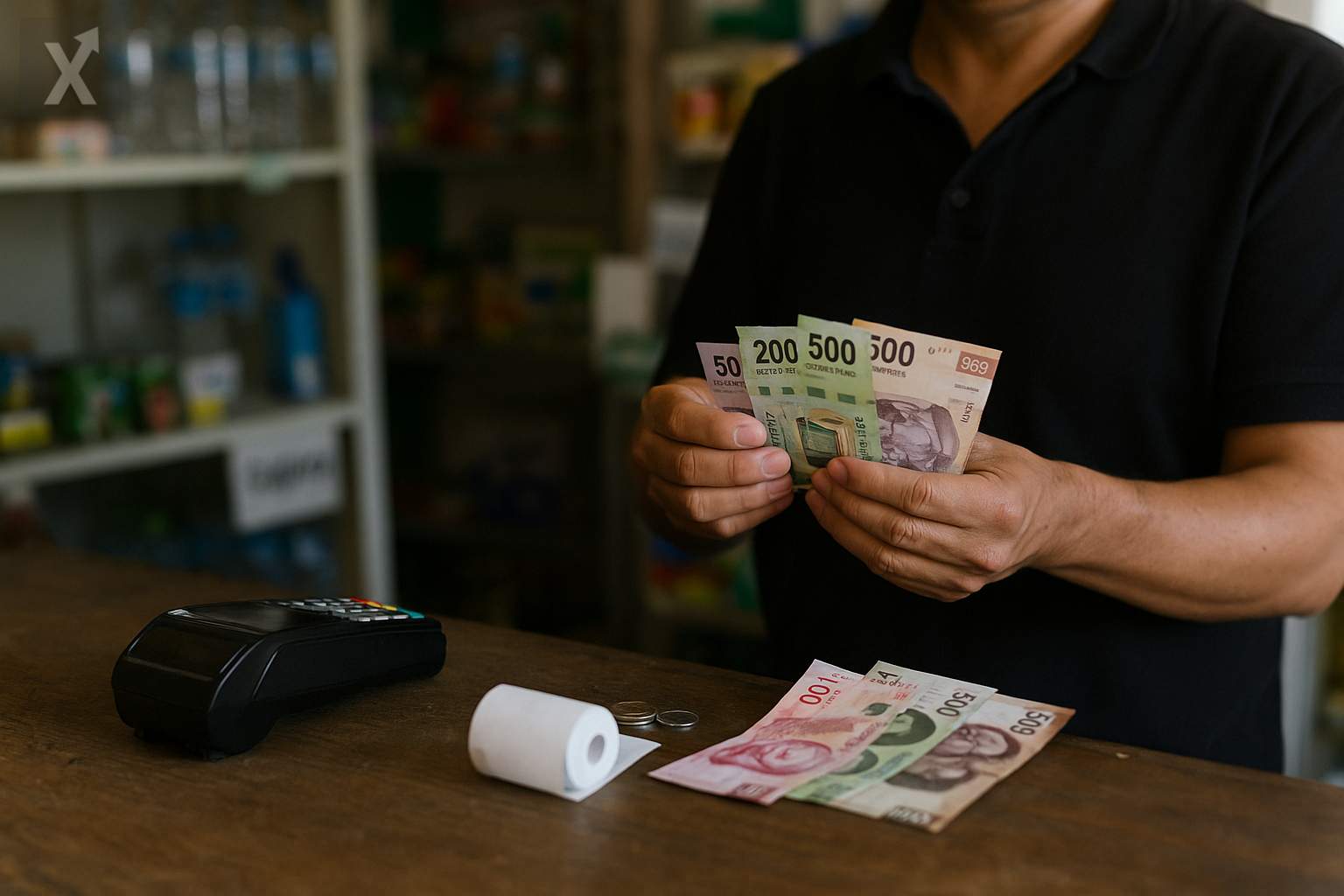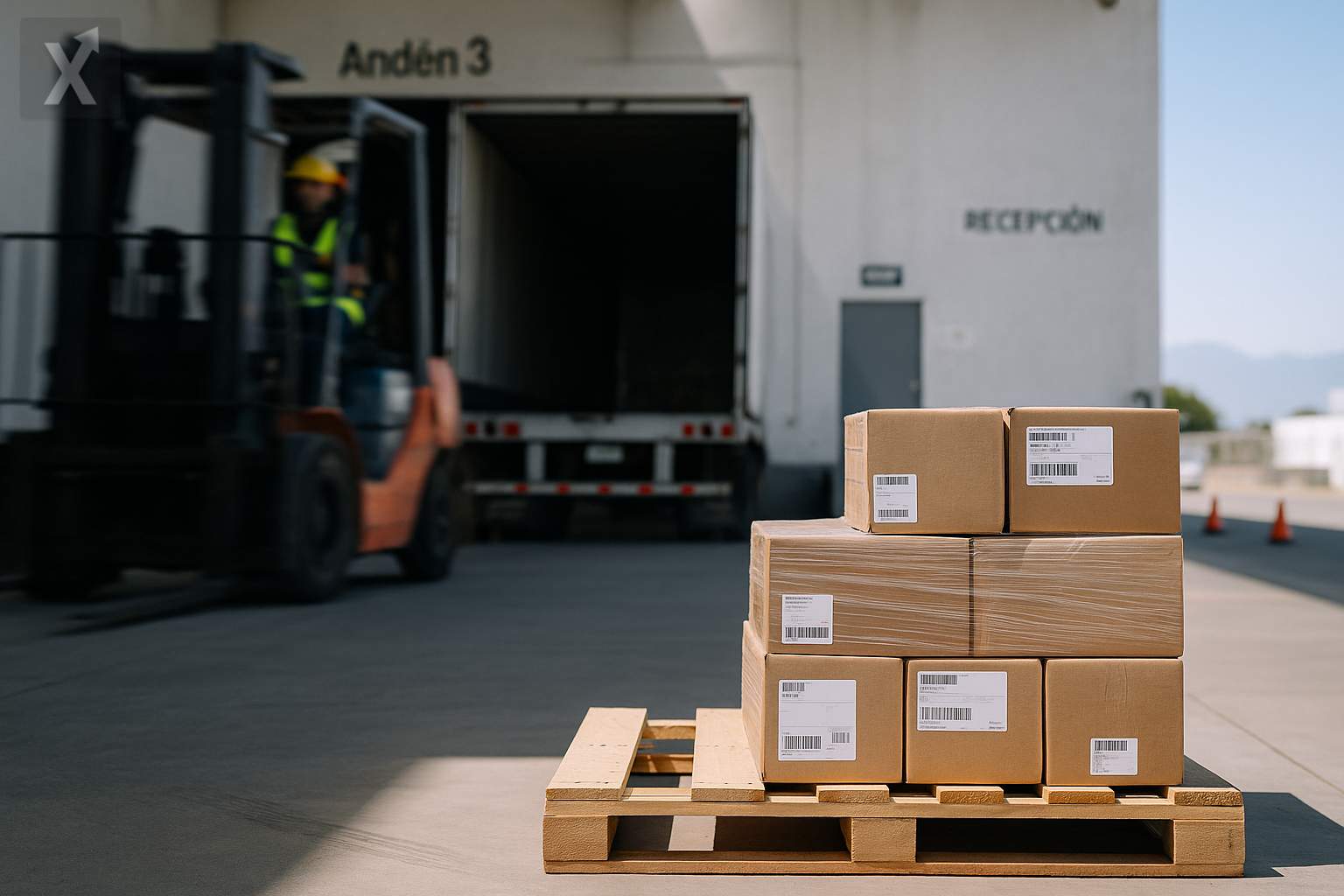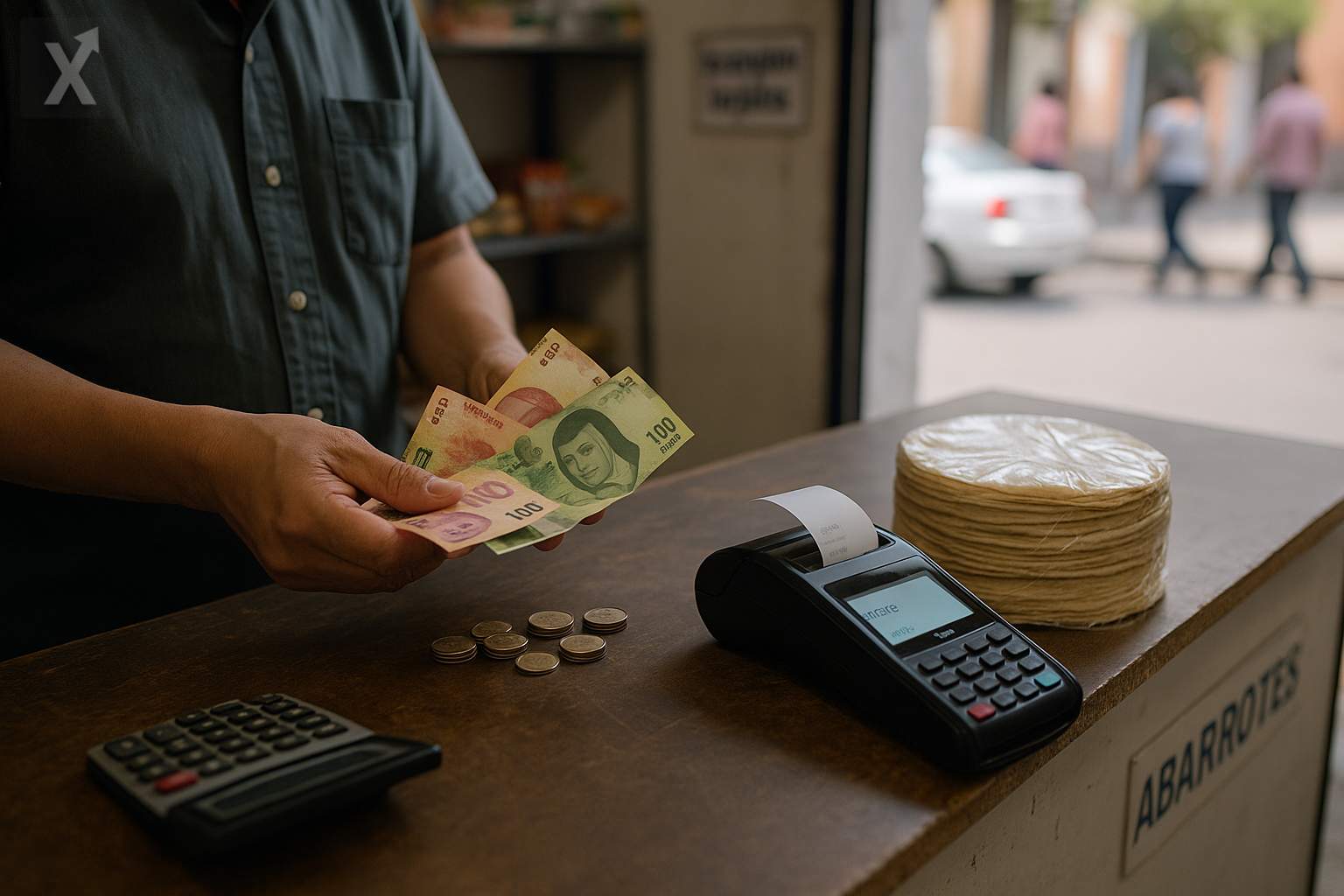WTO Projects Trade Slowdown in 2026; Mexico Faces a Tougher External Environment Despite Nearshoring Boost

The rebound in global trade expected in 2025 is likely to lose steam the following year, as the full effects of new tariffs and weaker global demand set in. The World Trade Organization (WTO) has cut its forecast for the growth of global merchandise trade volume in 2026 to 0.5%, down from the earlier estimate of 1.8%. This revision reflects lower investment, increased political uncertainty, and persistently tight financial conditions.
The projections point to uneven regional performance. On the export side, Asia is expected to go from 5.3% growth in 2025 to flat growth—0%—in 2026, with Africa slowing from 5.3% to 0% as well. North America’s contraction is forecast to ease to -1%, following an estimated -3.1% drop this year. Europe is projected to grow 2%, the Commonwealth of Independent States by 3.5%, and the Middle East is set to decline by -0.9%. On imports, North America is expected to lead declines at -5.8%, followed by the Middle East at -3.2%, while Asia is set to grow 2.7% and Europe 0.8%. Africa is expected to maintain a 5.4% increase, with South America stabilizing at -0.6%.
According to the WTO, the unexpected momentum in the first half of 2025—driven by early purchases to avoid tariffs, strong demand for AI-related goods, and investments in semiconductors and computing equipment—will not be sustainable. Although these areas represented a small portion of total trade, they accounted for about half of the observed growth in goods. In contrast, services display a more stable trend, with projected growth of 4.6% in 2025 and 4.4% in 2026, particularly highlighting the dynamism of digital services.
For Mexico, the external outlook presents clear challenges. A -5.8% drop in North American imports next year could translate into weaker demand for Mexican manufactured goods, given that about four-fifths of Mexico’s exports are shipped to the United States. Sectors such as auto parts and vehicles, electronic equipment, appliances, and machinery—which are integrated into regional supply chains—may face tighter margins and more volatile order schedules.
The global tariff realignment is also reshaping supply routes. Defensive measures in major economies for sensitive areas—such as electric vehicles, electronic components, and steel—increase the risk of trade diversion and stricter regulatory scrutiny. For Mexico, this presents a two-sided scenario: on one hand, more opportunities for investment through nearshoring and relocation; on the other, greater requirements to certify origin under the USMCA and prevent transshipment practices that could trigger investigations or safeguard measures.
Domestically, Mexico has imposed temporary tariffs on products from countries without trade agreements in an effort to level the playing field. While these measures aim to protect certain sectors, they can raise industrial input costs and increase pressure on manufacturing expenses. With monetary policy still tight to rein in inflation, supply shocks linked to tariffs could complicate disinflation, especially for services and food products.
The momentum of nearshoring remains a leading narrative, with high-profile announcements in industries such as electrical equipment, medical devices, electronics, and logistics. However, full materialization depends on addressing bottlenecks in energy, water, rail connectivity, and customs capacity, as well as strengthening the rule of law. The 2026 review of the USMCA adds an element of uncertainty that investors are already factoring into their decisions, particularly in strategic and labor-intensive sectors.
Trade in services could help cushion some of the external shock. According to the WTO, tourism, logistics, design and engineering, and technology-enabled services continue to perform more steadily than goods. For Mexico, the expansion of business and IT services tied to advanced manufacturing—as well as the growth of data centers and semiconductor value chains in assembly and testing stages—could serve as a counterbalance, provided human capital is consolidated and regulatory certainty is ensured.
As for the exchange rate, the combination of flows from productive investment, high remittances, and manufacturing exports has provided support. However, global volatility may resurface if risk aversion grows or trade tensions escalate. An agenda focused on competitiveness—including border infrastructure, trade facilitation, energy transition, and labor compliance—would help maintain capital inflows amid a weaker external cycle.
In summary, the weaker growth forecast for global merchandise trade in 2026 sets a more demanding backdrop for Mexico. Regional demand may cool just as relocation projects are maturing. The public and private sector response—streamlining infrastructure, ensuring energy supply, strengthening legal supply chains, and boosting productivity—will be key to turning nearshoring into resilience, while services gain importance as a buffer against the cycle.






